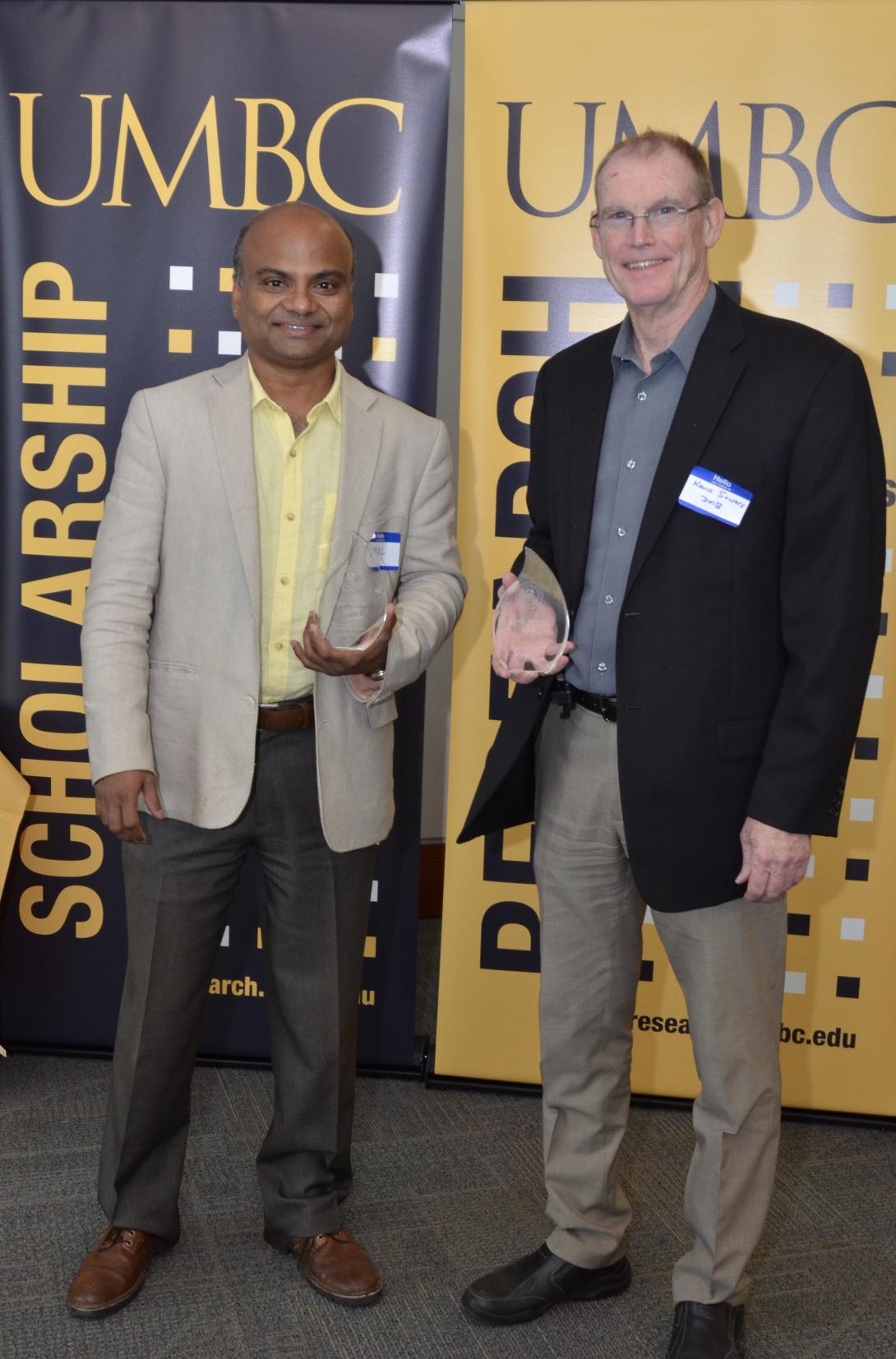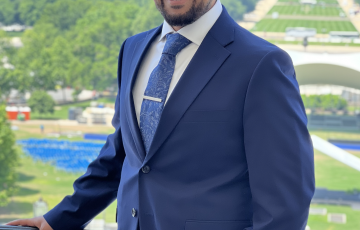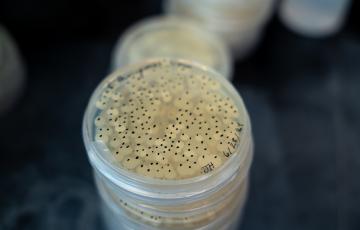Optimizing the cleanup of contaminated sites with a new grant
Dr. Kevin Sowers (UMBC-IMET) and Dr. Upal Ghosh (UMBC) have already developed a technology that can remove harmful compounds from waterways and sediments. A recent grant from the National Institute of Environmental Health Sciences (NIEHS) will help them improve that technology and expand their impact.

Using a group of specially selected microbes and activated carbon, the team has proven that they can remove polychlorinated biphenyls (PCBs) from sediments through a process called bioremediation. PCBs were banned in 1979 due to their toxicity, yet they remain in sediments and can enter the food chain, threatening both ecological and human health. Sowers and Ghosh founded the venture RemBac Environmental to apply their research to restoring contaminated sites and were named UMBC's Entrepreneurs of the Year in 2019 for this work.
To evaluate the effectiveness of different materials, Sowers and Ghosh will conduct trial studies of graphite and activated carbon from bituminous coal and coconut shells. Ghosh brings a deep knowledge of materials science that will aid in this evaluation. Sowers brings decades of research on microbes that degrade chlorinated compounds.
With funding from NIEHS, Sowers and Ghosh will continue to improve their technology by answering questions like, “Are there materials that would be more effective for bioremediation? Would different materials be best for certain pollutants or areas?”
To expand the applications of this lab work, an ecological modeler joined the team. Dr. Amar Wadhawan, Senior Environmental Engineer with Arcadis, will create models to integrate an improved understanding of materials for bioremediation with information about specific site conditions. This will help scientists and environmental engineers create targeted solutions for project sites.
The overall impact of this new grant will be to improve our fundamental understanding of the interactions of microbes and different surfaces and improve the process for cleaning up sediment and groundwater. Sowers said, "This project will enable development of a platform that combines tailored materials with microbial activity to optimize bioremediation of PCBs in different environments." With improved technology and modeling, remediation of Superfund sites and other contaminated areas will be easier and more effective, helping to create a healthier planet.
Learn more in this public lecture:


